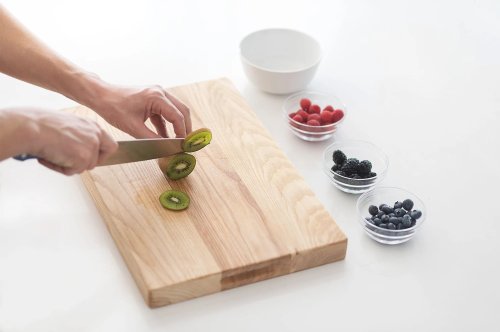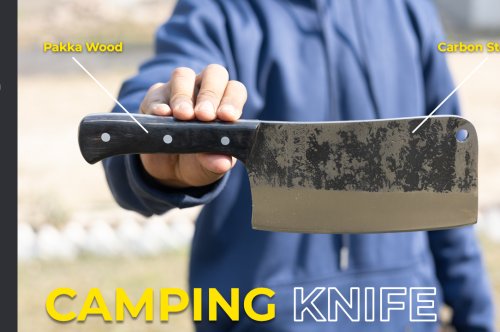GUIDE FOR BEST SURVIVAL KNIVES

GUIDE FOR BEST SURVIVAL KNIVES
As mentioned, not just any knife will neutralize a survival situation — a minimum if you’re considering ideals. Obviously, the tool you’ve got with you is the best one for the duty, but you’ll stack the deck by ensuring that the blade meets a particular group of criteria. to assist make your journey just a touch easier, we’ve outlined a number of the important metrics to seem for below.
Format:
While folding knives are preferred for everyday carry — due to their discretion and compactness — the mechanisms that allow them to fold are comparatively delicate and may easily become jammed with debris. That’s why, for the perfect survival knife, we’d certainly suggest picking out a hard and fast blade. They tend to be sturdier at the end of the day and, with fewer moving parts, they’re less likely to fail-operational. That’s to not say that there aren’t good folding survival knives — just that they’re not preferred.
Steel:
The steel of the blade you decide on goes to vary depending upon a variety of things. as example, if your budget is low, you’re getting to need to accept what you’ll afford. However, if money is not an object, you’ll set your sights on some pretty high-end options. The difference comes within the sort of resistances and therefore the trade-offs therein. as an example, high-carbon steel is extremely durable and long-lasting, but it doesn’t delay well to moisture exposure — meaning it can corrode. against this, stainless steels are a touch softer, but they won’t rust like steel — a minimum not as quickly. Even at the upper echelon of blade steels, there’ll always be a tradeoff between benefits and disadvantages.
Handle:
While the steel is perhaps of the utmost importance in picking a survival blade, the handle — the part which you hold so as to work your knife — remains extremely important. There are a couple of different schools of thought to think about, but we will boil things right down to two factors: ergonomics and materials. with regard to survival, a comfortable-to-use knife handle is usually getting to suit you better, as a knife you can’t hold for an extended period loses value quickly. Similarly, the material of your handle can alter the knife’s longevity. Tougher materials that will get up to hard use and don’t suffer corrosion (like Micarta) are often costlier, but they’re also getting to increase the lifespan of your survival knife.
Versatility:
you would possibly think that the simplest survival knife is the biggest, most serrated blade you’ll find. After all, these aggressive knives appear as if that’s what they’re made for. You’d be wrong, however, as a survival knife must be versatile in its purpose — meaning it should be ready to do tons of various things from chopping to carving, to detail-oriented cutting tasks, and everything in-between. As such, simpler, smaller, more straightforward knives tend to be better overall than beefy tactical blades. consider it like fishing: you’ll use dynamite and you would possibly achieve success, but at what cost?






